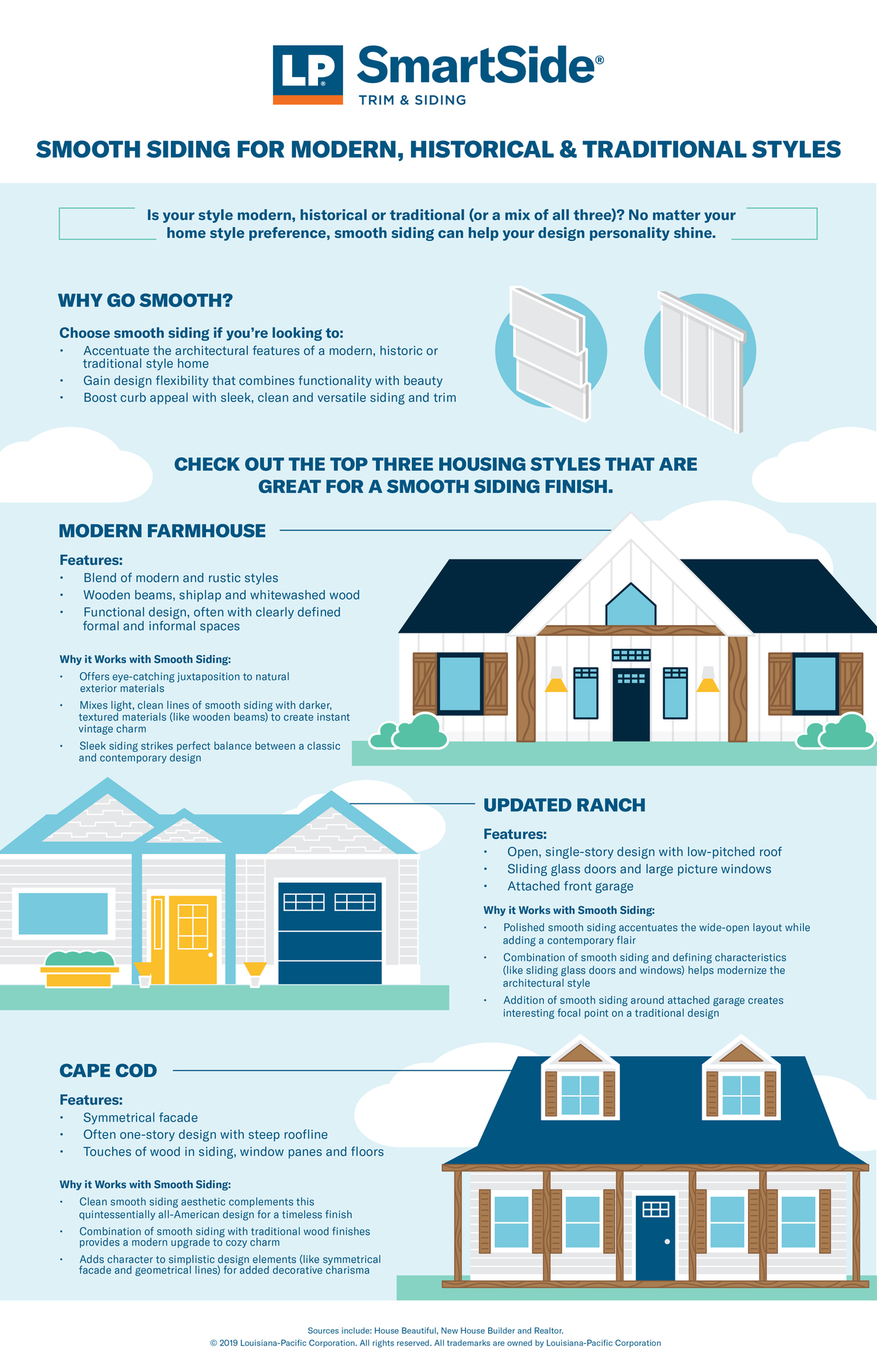Master The Vital Pressure Washing Techniques Matched For Different Surface Kinds To Realize Remarkable Outcomes-- Check Out The Techniques That Result In A Remarkable Surface
Master The Vital Pressure Washing Techniques Matched For Different Surface Kinds To Realize Remarkable Outcomes-- Check Out The Techniques That Result In A Remarkable Surface
Blog Article
Write-Up By-Wu McGinnis
When it concerns press cleaning, the method you choose can make all the difference in achieving a tidy, streak-free surface. You could discover that tough surface areas, like concrete, require a different approach than softer materials, such as wood or plastic. It's important to adapt your approaches to the surface area type to stop damages while making the most of cleaning performance. So, what are the best methods for each surface area, and just how can you ensure you're making use of the best settings and tools for the job? Let's discover what more resources require to understand to get the best outcomes.
Difficult Surfaces
When it involves push washing difficult surface areas, prep work is vital. Before you even think about taking out the stress washing machine, make the effort to clear the area of any debris, furniture, or obstacles. You do not desire anything getting in your method or possibly harmful your tools.
Next, evaluate the surface for any cracks or damage; this will certainly help you determine the right approach and pressure setups.
When you've prepared the location, it's vital to select the best nozzle. For tough surfaces like concrete or brick, a slim nozzle (15 or 25 levels) functions best to supply a concentrated stream of water that can properly remove crud and stains. Always begin at a distance and slowly move more detailed to stay clear of any kind of surface area damage.
As you start washing, maintain the stick moving to stop touches and over-saturation. It's also handy to work from the top down, enabling dust and debris to wash away naturally.
Ultimately, remember to rinse the surface extensively after cleansing to get rid of any kind of leftover cleaning agent. With these techniques, you'll attain a tidy and rejuvenated look on all your tough surface areas.
Soft Surfaces
Pressure cleaning soft surface areas calls for a gentler approach to secure them from damage. Whether you're cleaning your deck, outdoor patio furniture, or exterior siding, utilizing too much pressure can result in dents, scrapes, or even irreversible harm.
Beginning by picking a low-pressure nozzle, ideally a 25-degree or wider spray pattern, to disperse the water extra delicately.
Prior to you start, it's critical to pre-treat any kind of spots with an appropriate cleansing option. This step allows the cleaner to pass through the dirt and gunk, making it less complicated to wash away without rubbing as well hard.
Always use the remedy from all-time low up to prevent spotting.
When you start stress cleaning, keep a distance of a minimum of 12 to 18 inches from the surface area. Relocate your wand in a sweeping activity, maintaining it parallel to the surface to stay clear of concentrated stress on one place.
Wash the area extensively after cleansing to remove any kind of residual cleaner.
Finally, evaluate the surface for any type of missed out on places and repeat the procedure if required. By following these steps, you can successfully tidy soft surfaces while protecting their integrity and appearance.
Specialty Surfaces
Cleaning soft surfaces requires care, yet specialty surfaces require much more focus to detail. When you tackle these surface areas, like delicate timber, stained concrete, or particular sorts of siding, making use of the appropriate pressure washing methods is essential to avoid damage.
First, assess the material. For example, dealt with wood can usually withstand modest stress, yet softer woods like cedar might call for a lower setting. Constantly start with the most affordable stress and gradually boost if required.
For stained concrete, utilize a fan spray nozzle and preserve a regular distance to prevent etching the surface area.
When managing surface areas like plastic siding or repainted surface areas, a vast spray pattern helps distribute the pressure equally, safeguarding the surface.
It's also smart to use cleaning agents particularly created for specialty surfaces. They can boost cleansing without jeopardizing the material.
Rinse thoroughly after washing to eliminate any kind of deposit, as it can bring about staining or deterioration in time.
Conclusion
To conclude, mastering pressure washing techniques for different surface areas can make all the difference in your cleaning outcomes. For difficult surface areas, stay with narrow nozzles and a top-to-bottom approach, while soft surface areas require a gentler touch with broader nozzles. Do not fail to remember to pre- high rise window cleaning denver and wash completely to avoid residue. By adapting your techniques to every product, you'll not only achieve a cleaner coating but also protect the honesty of your surface areas. Delighted cleaning!
